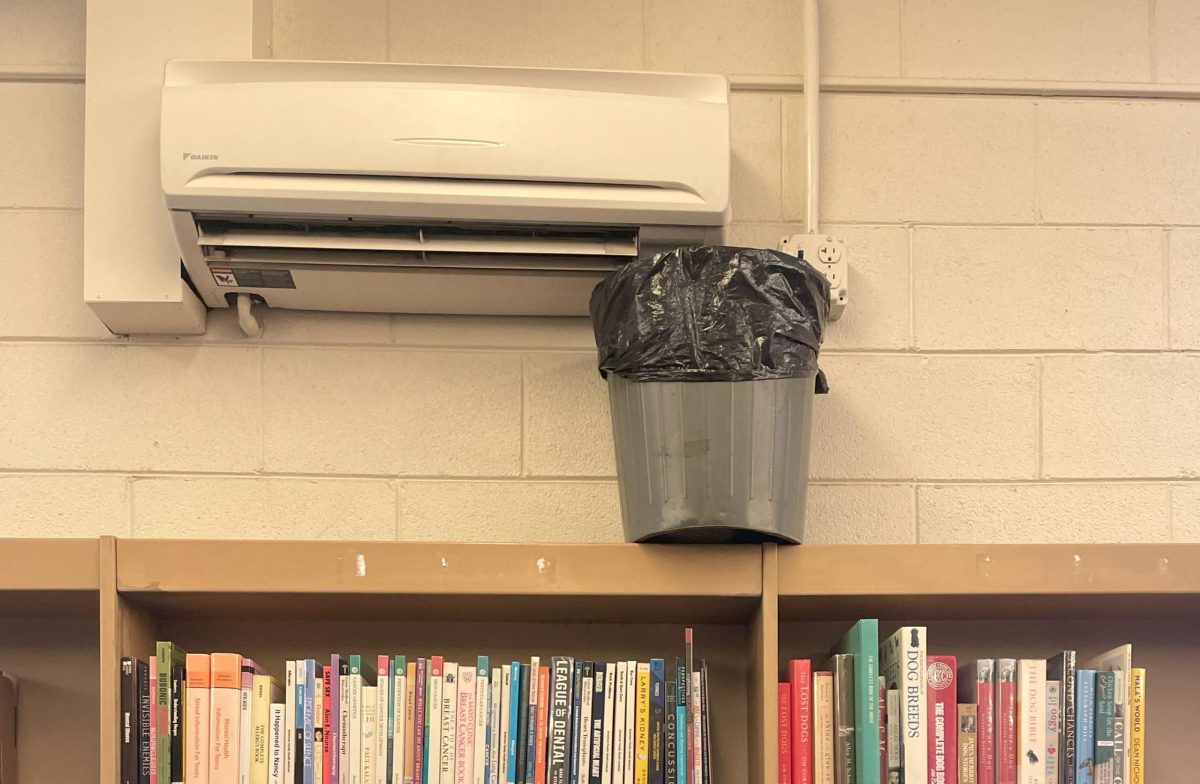Get Well with Wellness Centers
October 13, 2019
Irvington High School is opening a new wellness center by the end of October to improve mental health and help students cope with stress. This is reflective of a 2018 study conducted by Dr. Stuart Slavin on Irvington students, which found that 54% of students showed moderate to severe symptoms of depression and 80% showed moderate to severe symptoms of anxiety. The purpose of the wellness center is to be a place where students can decompress and regather themselves in a comfortable, relaxing environment. The role of the center is to provide destressing, relaxing resources such as hot tea and coloring books. Hopes are that in this way, students can have an on-campus place to go to when they need to decompress. The wellness center, by giving students a haven to fall back upon when overloaded, provides Irvington students with a safe space to alleviate stress and improve mental health. Despite some people saying that the wellness center does not have a wide reach and that it won’t be effective because of Irvington’s toxic academic-focused culture, the wellness center can become an important piece of the solution in the future when more services are implemented, and the center and other services could work together to become the overall solution.
The need for a solution to the widespread mental health problem cannot be ignored, and the establishment of this center, to provide students with a space where students can decompress and gather themselves up before moving on, is a step in the right direction. According to a 2013 study conducted in the United States, students reported that they felt more stress than is healthy, and a comparison between data from adolescents and adults shows that teens feel more stress than adults do. This is especially applicable to Irvington, where there is a toxic overachieving culture. Many students take over 3 APs and take on other extracurriculars as well in order to better their college apps.
The center has the potential to become an effective destressing resource for students at Irvington. One key advantage the wellness center has over existing mental health resources on campus is its unique staffing. The majority of the wellness center’s staff is going to be comprised not of teachers but volunteer students. The nature of this staff may improve the destressing environment of the center. In a 2015 study conducted in the northeast United States, 70% of students cited friends as the greatest source of support. Having fellow students working in the wellness center may have the same effect and help to reduce stress. In any environment, familiarity is a big factor in making a student feel at home, and seeing peers of the same age group may help to ease the tension of being in a wellness center.
Some argue that the wellness center will not be able to reach many students, but previous examples refute this claim. Irvington’s wellness center is heavily influenced by other high school wellness centers, such as Gunn High’s and Palo Alto High’s, which have been effective in reaching large numbers of students. According to Palo Alto Online, approximately 1,200 out of the 4,000 students that attend Gunn and Palo Alto have received treatment from their wellness centers in the first three months of their existence. Irvington’s wellness center is based on these two centers, so it is reasonable to assume that Irvington’s center is capable of reaching out to just as many people.
Coping with stress is tough, especially without support. For students, knowing that there is a place in the school that they can fall back upon when they need to step away for a moment is critical in allowing Irvington students to have healthy minds. The wellness center could serve as that important fall-back location. It could act as a home base for students and improve the relationship between the student and the school.
While some have argued that the implementation of a wellness center may not be effective at alleviating school-wide mental illness, the point of the wellness center is not to address all mental illnesses, but to relieve students of stress and provide them with a place to relax and take a break from schoolwork. If publicized well and utilized by students, the wellness center could be an important step towards alleviating the school’s widespread mental illness. When more and more mental illness services develop, the wellness center could be amongst the keystones that make up the overall solution.





















